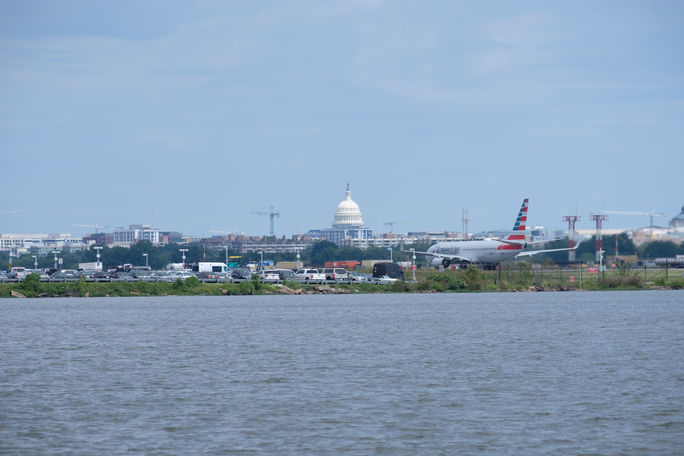The airline industry prides itself on safety and security and rightfully so.
After all, travelers flying into and out of the U.S. haven't had reason to second-guess their safety since the early days of social media.
Before this week, February 2009��days after President Barack Obama was initially sworn into office��was the last time an American passenger plane was involved in a major accident resulting in the loss of life.
In fact, loaded guns coming into security lines have been a bigger issue in the wake of the COVID pandemic.?
Air travel has, continues and we hope will always be the safest form of travel but the events of January 29, 2025��the deadliest U.S. air crash since 2001��are a black eye on the popular mode of transportation in the U.S.
This wasn't a cabin door being blown out mid-flight.?
This was a collision and there were warning signs.
While many questions remain, it's clear that an American Airlines regional jet collided with a military helicopter over the Potomac River just moments before its scheduled landing at Ronald Reagan Washington National Airport, killing all 64 people onboard the PSA Airlines Bombardier CRJ700 and three service members flying in the Army Black Hawk.
The friends and families of those who perished are left asking not only why but how.
It'll be weeks before the National Transportation Safety Board (NTSB) releases its preliminary report. However, its clear the Federal Aviation Administration (FAA) has been in need of an overhaul. Officials in the field have been blowing the whistle for years and some of the latest reports are damning, to say the least.

American Airlines plane on the runway at Ronald Reagan Washington National Airport. (Photo Credit: Larry/Adobe)
Air traffic control shortages��which have led to not only blind spots but mandatory overtime resulting in some workers drinking and doing drugs on the job��have resulted in a slew of avoidable near misses.
In December 2024, a plane carrying the Gonzaga University men's basketball team nearly collided with a Delta Air Lines plane taking off from Los Angeles International Airport.
Pilot shortages have also played a role and while carriers have significantly raised pay the need to develop more talent is clear as airlines look to ramp up operations to meet soaring demand.
While the head of the National Air Traffic Controllers Association said it's "premature to speculate on root cause" of the deadly collision over Washington, the initial reports aren't encouraging.
"There was one air traffic controller working two different tower positions at the time of the collision Wednesday night, an air traffic control source tells CNN," the news giant reported. "The source describes the set-up, which had one person handling both local and helicopter traffic, as not uncommon."
"The Reagan National control tower is 85 percent staffed, the source said, with 24 of 28 positions filled."
The ATC tower is foreign or overlooked by the vast majority of travelers who are appropriately more concerned with the issues on the ground, most prominently lengthy lines en route to TSA and whether their flight will depart on time.
The latest and most reliable airline pilot analysis suggests that the helicopter may have given the go-ahead to ATC that it had a visual on the American Eagle flight despite the fact that there were multiple aircraft within the vicinity of the airport.
This week's tragedy should be a wake-up call to travelers that their gripes are needed elsewhere. As air travel soars it's up to the flying public to hold their elected officials accountable when it comes to hiring eyes on the sky.?
Fortunately, change could be coming sooner rather than later as the FAA will be looked at with a new set of eyes. Transportation Secretary Sean Duffy was sworn in just moments before the American Airlines disaster.
"I am in the process of developing an initial plan to fix the FAA. I hope to put it out very shortly," he wrote on X. "Tomorrow, I am going to the FAA command center and recovery hangar. I will continue to keep the families and the public up-to-date with what we are doing in this situation and every other situation that falls under the U.S. Department of Transportation."
Air travel is and will always be the safest way to explore the the U.S. and the world but this week's tragedy is a wake-up call to the flying public that disaster can happen, especially when we ignore the warning signs.
For the latest travel news, updates and deals, subscribe to the daily TravelPulse newsletter.
Topics From This Article to Explore